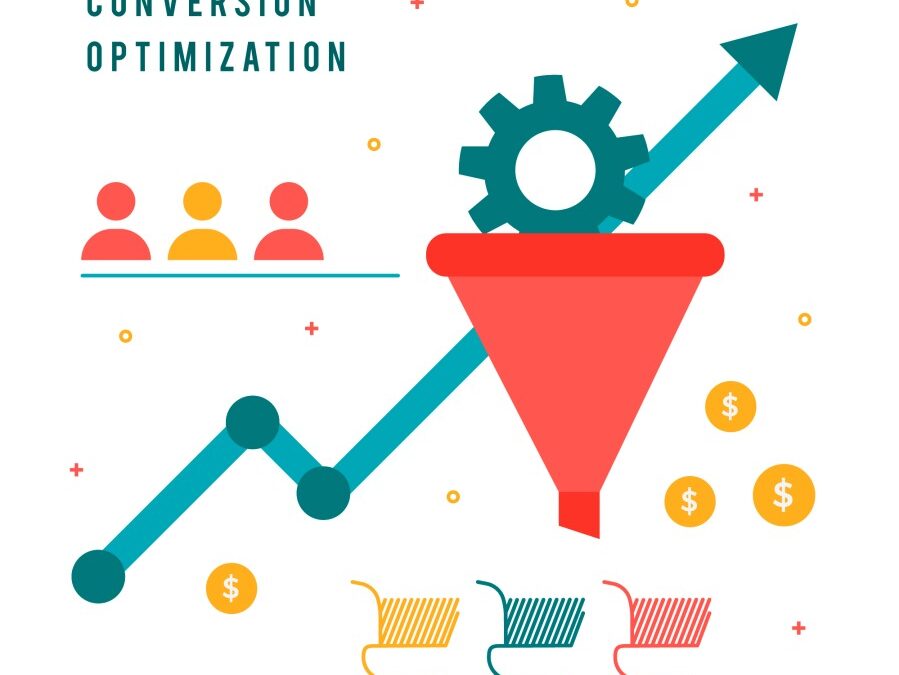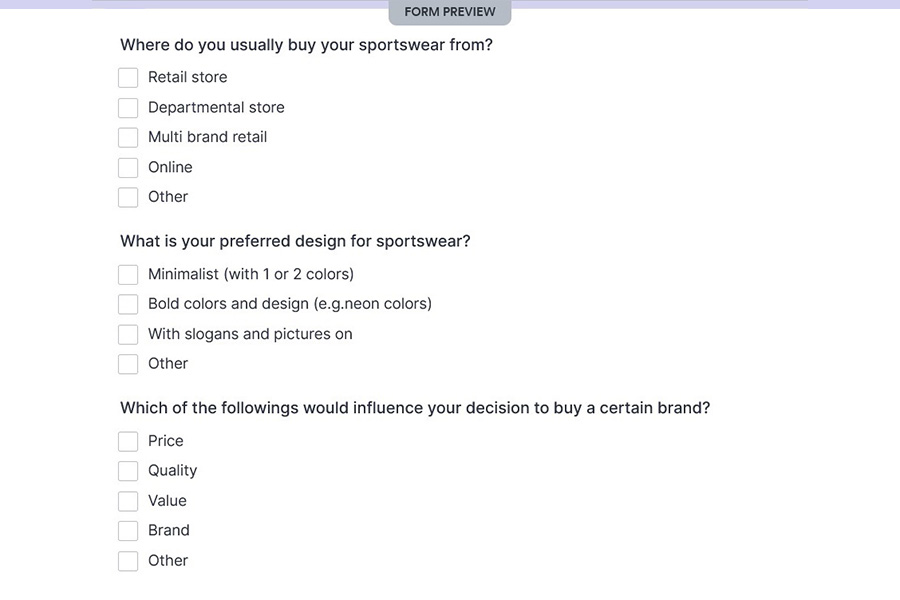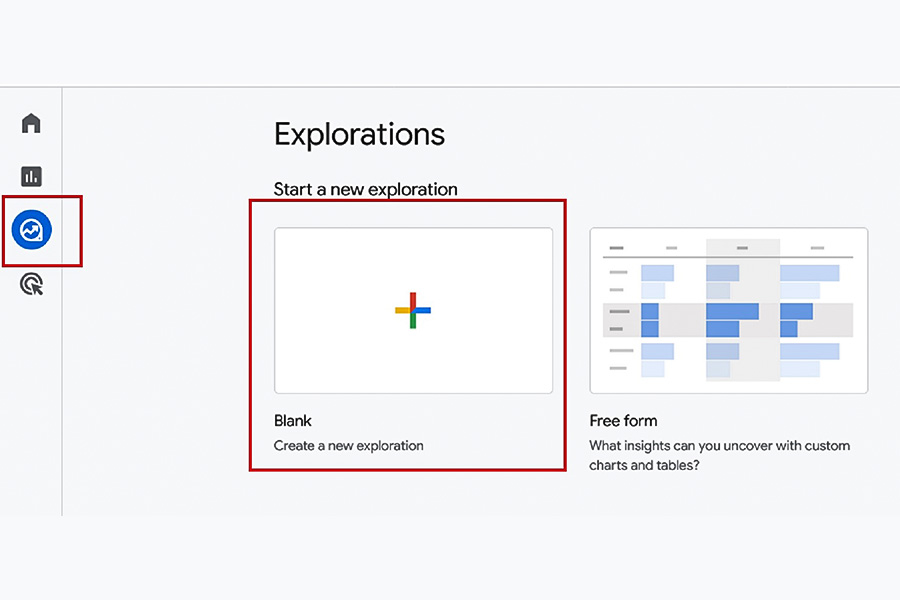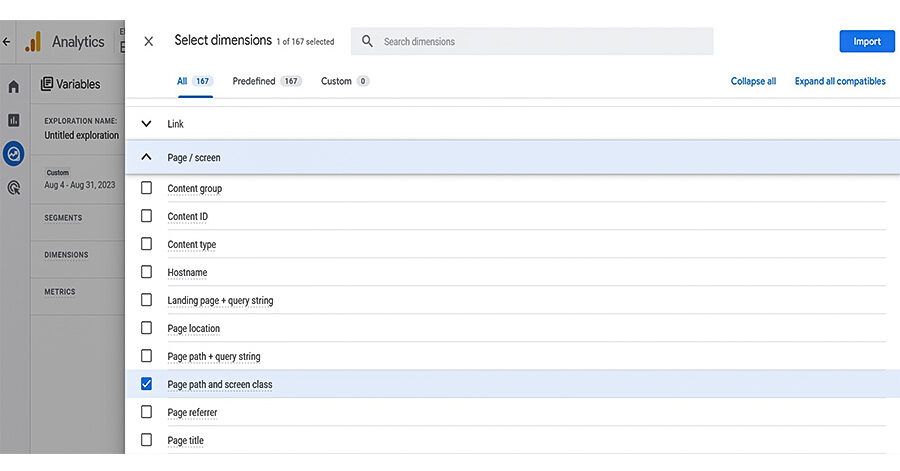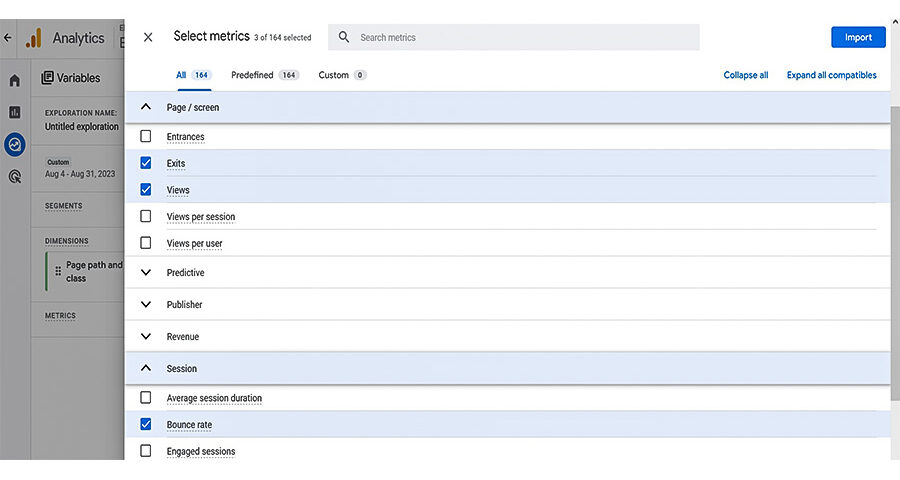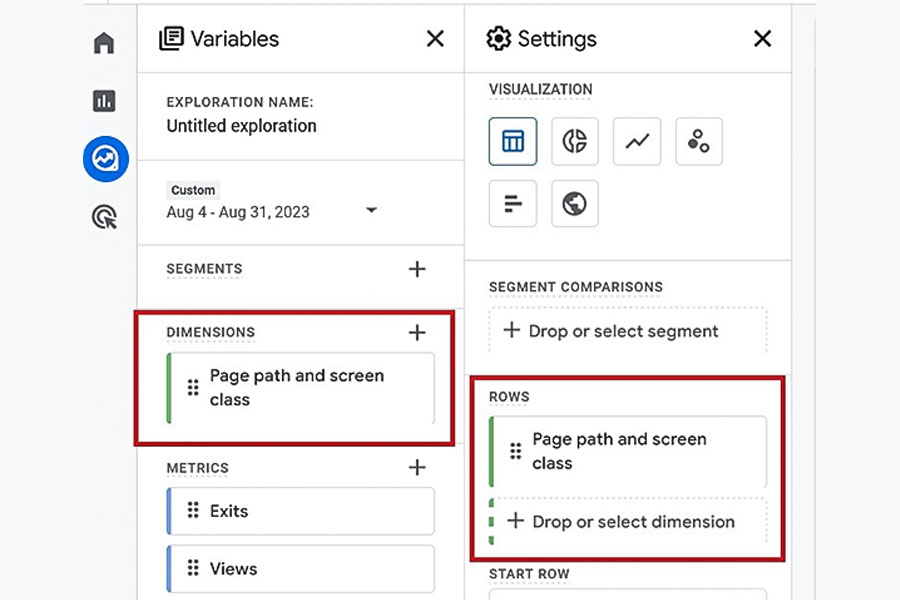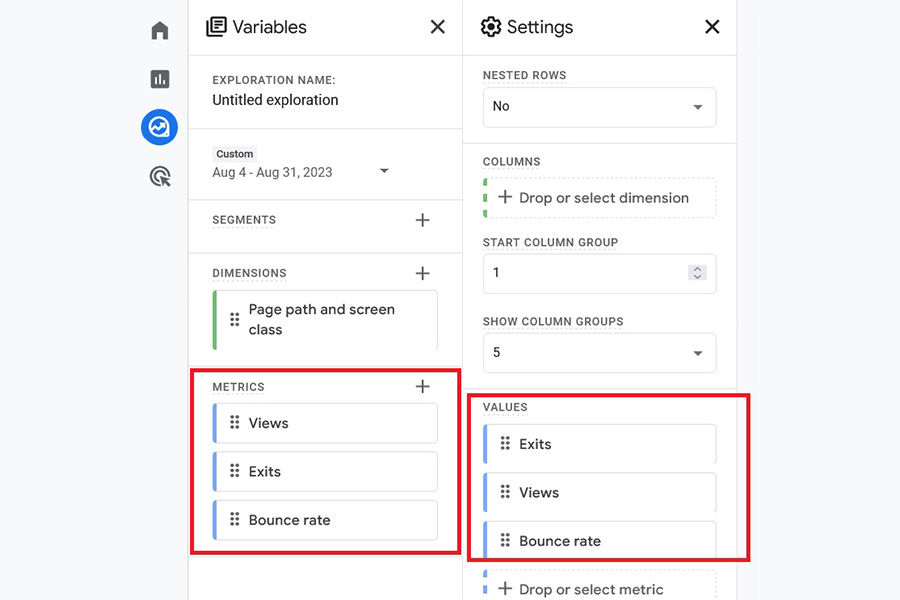To get desired results from your marketing campaigns, it is important for marketers to take the right steps for conversion optimization.
Conversion rate optimization is considered as one of the best ways to increase your revenue while reducing your cost of customer acquisition.It helps you get more value from the website visitors your digital marketing campaigns generate.
Increasing the number of website visitors who take a desired action is easy, if you use the right strategies.
And this is what I’m about to show you.
5 Key Steps of Conversion Optimization
Before we get to the steps of conversion optimization, here’s how to calculate conversion optimization to know if the changes you make improve conversions or not.
Take your total number of conversions and divide it by the total number of website visitors in that same period. Multiple what you get by 100 to make it a percentage.
Once you get your conversion optimization rate, take these five steps to improve it.
1. Define Your Goals
One of the first steps of conversion optimization is being clear on what actions you want your website visitors to take.
It’ll let you know what you need to optimize to achieve these goals. It focuses your efforts.
Your overarching business goals should guide you.
Determine how your website can contribute to your overall business goals, then set conversion goals that’ll have the most impact.
For instance, if your business goal is to build awareness around your brand and develop stronger relationships with your target market, your conversion goal could be to increase newsletter signups.
Assign metrics for each conversion goal. It’ll help you determine the success of your conversion optimization efforts.
2. Know What Your Target Customers Want
Research is a critical part of any lead generation strategy and helps with conversion optimization.
Before you can know what can make your website visitors convert, understand them.
Collect data about your target audience. It’ll help you create content that targets their wants, needs, and priorities and CTAs that speak to them.
One easy way to understand your customers is to conduct surveys on your existing customers.
Written surveys tend to be better than phone or in-person surveys. Participants are more likely to feel like they’re giving their opinions in private.
Here’s an example of a survey template from JotForm and the type of questions you can ask.
You could try other methods like:
- Focus groups: Gather 8 to 10 people who represent your target market and get their thoughts, preferences, and ideas regarding a product, concept, or service
- Social media listening: Use social media tools to find out what pain points your consumers are experiencing and the kind of solutions they want
- Competitor analysis: Identify competitors that are targeting the same niche market as you and find out the content, and messaging they’re using to drive conversions
- Google Analytics: Use metrics like page views, bounce rates, and average session duration to find out which topics and categories are resonating with your target audience
Data from your lead generation software can also be of help.
The right software provides a 360-degree view of your customers, including their preferences and the problems they’re trying to solve with your products or services. You can leverage the best lead generation software that can help you generate leads.
Ready to optimize your conversions and skyrocket your results?
Contact Growth Hackers
3. Find Your Sales Funnel Leaks
This is also one of the crucial steps of conversion optimization—finding your sales funnel leaks.
Study your sales funnel to find the pages where you’re losing your website visitors.
Google Analytics can show you where people are exiting your site.
Here are the steps to take.
Click ‘Explore’ and under Explorations, select ‘Blank.’
Click the plus sign next to Dimensions. Under ‘Page/Screen’ select ‘Page path and screen class.’ Click ‘Import.’
Again, click the plus sign next to Metrics. Under ‘Page/Screen’ select ‘Exits,’ and ‘Views, and under ‘’Session’ select ‘Bounce Rate.’ Click ‘Import.’
Drag and drop the ‘Page path and screen class’ to the rows section.
Then drag and drop the three metrics to the values section.
Analyze the metrics to see how visitors move through your website and where they quit.
Take note of the pages with the highest bounce rates and those that keep visitors engaged for longer.
You’ll gain insights into your sales funnel leakage and you can take more relevant steps for conversion optimization.
It’s also important to analyze issues in your website performance that may be causing sales funnel leakage. This can be:
- Bugs: Debug your website using Chrome DevTools
- Broken links: Find broken links using SEO tools like Ahrefs and Semrush
- Mobile responsiveness: Use Google Search Console to test and improve the mobile responsiveness of your site
- Browser compatibility: Test the performance of your website on Edge, Chrome, Firefox, Safari, etc.
- Page speed: Use Google’s PageSpeed Insights to test the speed of your website and get recommendations on areas of improvement
Turn clicks into customers by applying steps conversion optimization steps today!
4. Create a Conversion Optimization Strategy
We’re on to one of the most important steps of conversion optimization—creating a strategy.
Outline a strategy that will guide the activities you take to improve your conversions.
It should be in sync with your goals and the insights you gather about your target customers and sales funnel leaks.
Here are the areas to implement your conversion optimization strategy:
- Landing pages: This is where you communicate your value proposition. Your landing pages should always show how your product, service, or offering can solve a problem for the visitor
- ‘Above the fold’ content: This is the portion of the website content that the visitor can view without having to scroll down. Ensure this portion catches the visitors’ attention to keep them on your website.
- User experience: Remove any friction that keeps your visitors from converting. Provide a superior website experience by making your website easy to navigate, increasing page load speed, and using internal links to help visitors find relevant information faster.
- Homepage: This is where you make the first impression on website visitors. Make it count.
- Pricing page: Your pricing page shapes the visitors’ opinion of the value of your product or services. Use engaging and clear language to show the value associated with your price.
- Blog: Your blog is where you show your industry expertise and build visitors’ trust in your solutions. You also get lots of opportunities to add contextually relevant CTA’s throughout the blog articles that boost conversions.
Do a lot of testing here.
If you’re optimizing a landing page, test out different versions of elements like the CTA, headline, and copy using A/B tests. Work with the version that brings in the best results.
Here are some steps you can take in your conversion optimization strategy:
- Use more videos. Research data shows 88% of consumers say they’ve been convinced to buy a service or product after watching a brand’s video while 78% have been convinced to buy or download a piece of software or app.
- Give visitors a preview of the resource you’re offering. If it’s an ebook, a preview of the first chapter can show the value they stand to get from it.
- Add reviews and testimonials. They build trust. Visitors will be more likely to convert if they see other customers like them have benefited from your products or services.
- Use shorter forms. They take less of the visitors’ time. Visitors will be more open to providing their contacts, which you can use for your email outreach campaigns.
- Add a chatbot: An online chatbot provides intense responses to customers who are on the fence about converting and can address their questions and concerns, which encourages them to convert.
- Service desk integration: An automatic service desk can help provide instant services such as invoice downloading, and the status of your requested service to your customers.
- Build confidence in your brand. Simple tactics like a money-back guarantee, transparency with your return policies, and adding trust badges on your website can make visitors trust you more.
- Apply the principles of visual hierarchy. Eliminate unnecessary distractions that can divert the visitors’ attention.
- Embrace simplicity. Try not to overwhelm visitors with information. Use a simple page design, concise CTAs, simple and non-technical copy, and a single offer per landing page.
- Limit pricing options. Too many options can cause analysis paralysis and reduce conversions. Instead, have a pricing option for each of your customer segments. It’ll make decision-making easier for your customers.
As we’ve mentioned, an effective conversion optimization strategy relies heavily on data analysis and testing. Try out different tactics and capitalize on what works best with your target customers.
5. Retarget Website Visitors
The cold hard truth is that you may implement these steps of conversion optimization, but some website visitors may still not convert.
Don’t give up on them yet. Leverage retargeting tactics.
Retargeting works by tracking website visitors on social media and other sites and serving them with ads relevant to their interests.
It’s different from a cold outreach campaign as the target customers have already shown interest in your brand.
Appropriately done, retargeting can convince your website visitors to give your brand a second chance.
To win with this step of conversion optimization, have a relevant, concise, and engaging copy. Make your CTAs persuasive and actionable, and use appealing visuals.
Apply these Steps of Conversion Optimization
It’s time to put these steps of conversion optimization into action. Start by being clear on what you want to achieve from your conversion optimization strategies.
Understand the needs of your target customers and analyze your sales funnel leaks. Use these insights to create a conversion optimization strategy.
Finally, execute a retargeting campaign to follow up on visitors who do not convert.
Growth Hackers is an award-winning CRO agency helping businesses from all over the world grow. There is no fluff with Growth Hackers. We help entrepreneurs and business owners successfully apply the steps of conversion optimization, increase their productivity, generate qualified leads, optimize their conversion rate, gather and analyze data analytics, acquire and retain users and increase sales. We go further than brand awareness and exposure. We make sure that the strategies we implement move the needle so your business grow, strive and succeed. If you too want your business to reach new heights, contact Growth Hackers today so we can discuss about your brand and create a custom growth plan for you. You’re just one click away to skyrocket your business.

